Hi everyone how are you doing? First of all, please listen to the wonderful sound of the koto while feeling the breeze on the river surface in a relaxed mood on a small boat.
Contents
What’s “Koto” (Japanese harp)?
It is a string instrument that came to Japan, via China, in the 7th or maybe 8th century.
It first started with five strings, then seven and by the time it came to Japan, there were 12 strings, which increased to thirteen strings.
It was first used in Japan in the Nara period in performances of court music.
In the Heian period, it was used to accompany singers of popular songs, while during the medieval period, it was used as a solo instrument and as an accompaniment to Buddhist ritual chanting.
It is a traditional Japanese stringed musical instrument derived from the Chinese zheng, and similar to the Mongolian yatga, the Korean gayageum, and the Vietnamese đàn tranh.
It is the national instrument of Japan. Koto is about 180 centimetres (71 in) length, and made from kiri wood (Paulownia tomentosa).

They have 13 strings that are usually strung over 13 movable bridges along the width of the instrument.
There is also a 17-string koto variant. Players can adjust the string pitches by moving the white bridges before playing.
To play the instrument, the strings are plucked using three finger picks, otherwise known as plectra, (on thumb, index finger, and middle finger).
History of Koto
The ancestor of it was the Chinese zheng. It was first introduced to Japan from China in the 7th and 8th century.
The first known version had five strings, which eventually increased to seven strings.
It had twelve strings when it was introduced to Japan in the early Nara Period (710–784) and increased to thirteen strings.
The Japanese koto belongs to the Asian zither family that also comprises the Chinese zheng (ancestral to the other zithers in the family), the Korean gayageum, and the Vietnamese dan tranh.
This variety of instrument came in two basic forms, a zither that had bridges and zithers without bridges.
When it was first imported to Japan, the native word koto was a generic term for any and all Japanese stringed instruments.
Over time the definition of koto could not describe the wide variety of these stringed instruments and so the meanings changed.
At the beginning of the Meiji Period (1868–1912), western music was introduced to Japan. Michio Miyagi (1894–1956), a blind composer, innovator, and performer, is considered to have been the first Japanese composer to combine western music and traditional koto music.
Miyagi is largely regarded as being responsible for keeping it alive when traditional Japanese arts were being forgotten and replaced by Westernization.
He wrote over 300 new works for the instrument before his death in a train accident at the age of 62.
He also invented the popular 17 string bass koto, created new playing techniques, advanced traditional forms, and most importantly increased the koto’s popularity.
He performed abroad and by 1928 his piece for koto and shakuhachi, Haru no Umi (Spring Sea) had been transcribed for numerous instruments. Haru no Umi is even played to welcome each New Year in Japan.
let’s be fascinated by the beautiful sound of “Koto (Japanese harp)”, with the Shakuhachi accompaniment as follows below,
Since Miyagi’s time, many composers have written and performed works that continue to advance the instrument.
Sawai’s widow Kazue Sawai, who as a child was Miyagi’s favored disciple, has been the largest driving force behind the internationalization and modernization of the koto.
Her arrangement of composer John Cage’s prepared piano duet “Three Dances” for four prepared bass koto was a landmark in the modern era of koto music.
For about one hundred and fifty years after the Meiji Restoration, the Japanese shirked their isolationist ideals and began to openly embrace American and European influences; which is most likely why the koto has taken on many different variations of itself.
Koto today
The influence of Western pop music has made the koto less prominent in Japan, although it is still developing as an instrument.
The 17-string bass koto, called jūshichi-gen in Japanese, has become more prominent over the years since its development by Michio Miyagi.
There are also 20-string, 21-string, and 25-string kotos. Works are being written for 20- and 25-stringed kotos and 17-string bass kotos.
Reiko Obata has also made the koto accessible to Western music readers with the publication of two books for solo koto using Western notation.
The current generation of koto players such as American performers Reiko Obata and Miya Masaoka, as well as Japanese master Kazue Sawai and her students, including Michiyo Yagi, are finding places for it in today’s jazz, experimental music and even pop.
The members of the band Rin’ are popular jūshichi-gen players in the modern (pop/rock) music scene.

Reiko Obata – Asian Pacific Community Connection Asian …



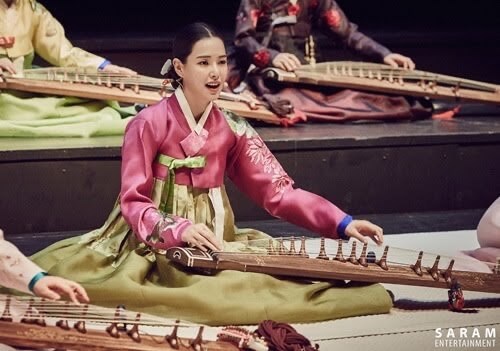
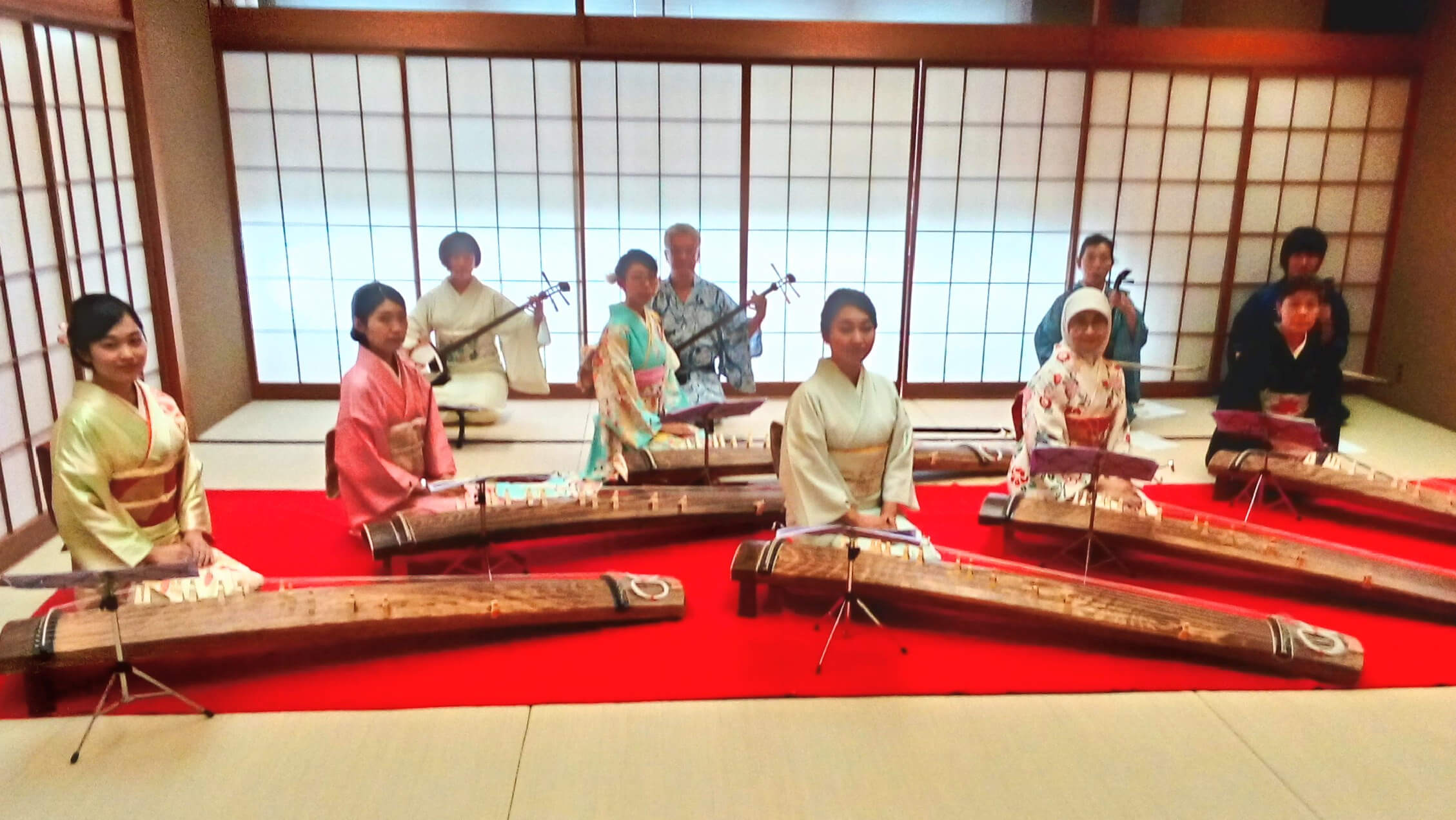
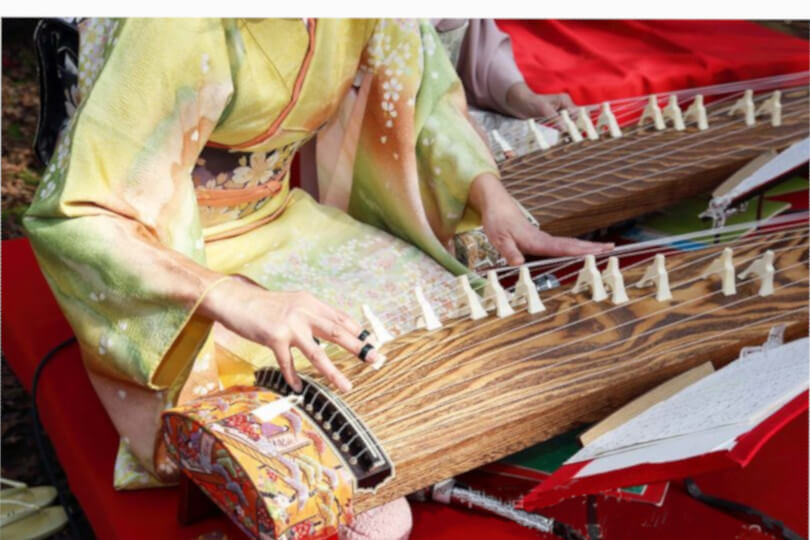


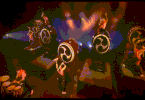
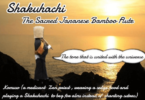
Leave a Comment